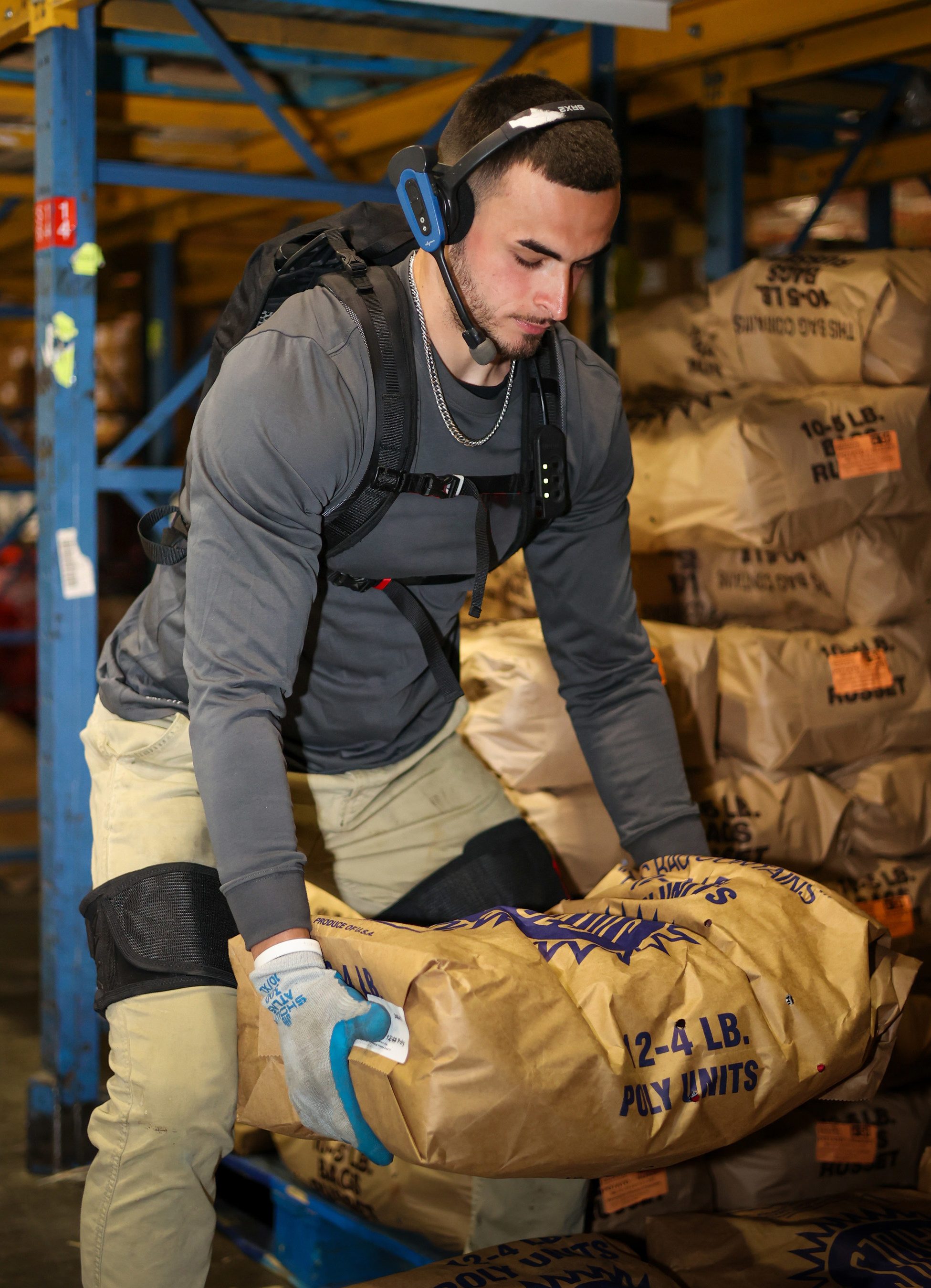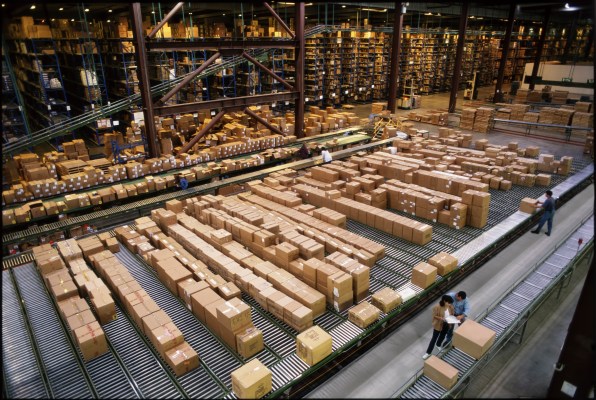Verve Motion, a startup building a robotic “exosuit” designed to help workers complete physically demanding tasks in factories and other like environments, today announced that it raised $20 million in a Series B round led by Safar Partners with participation from Cybernetix Ventures, Construct Capital, Pillar VC, OUP and angel investors including Okta co-founder Frederic Kerrest.
The new cash, which brings Verve’s total raised to $40 million, will be put toward expanding Verve’s market share and manufacturing efforts, Verve co-founder and CEO Ignacio Galiana told TechCrunch in an email interview.
“Verve is pioneering a new class of connected wearable technology for the industrial sector by integrating robotics into functional apparel,” Galiana said. “The wearable robotics category is a relatively new industry and, as any burgeoning category, it faces the task of awareness and building the compelling case for need in the workplace.”
Verve’s origins lie in the Harvard-run biodesign lab at the Wyss Institute and School of Engineering and Applied Sciences. There, as part of a DARPA-funded initiative with support from the National Science Foundation and the National Institutes of Health, Verve’s co-founders — Galiana, Conor Walsh, Mike Rouleau, Nathalie Degenhardt and Nicolas Menard — developed tech to mitigate fatigue and injury risks for military personnel.
The DARPA program, Web Warrior, focused on technologies that could help soldiers lift 100-or-so-pound loads. But Galiana perceived applications well beyond combat; Galiana launched Verve in 2020 to commercialize his and his team’s tech for industrial as well as retail and manufacturing settings.
“At many warehouses and fulfillment centers, the average worker often lifts up to 50,000 pounds a day over the course of hundreds of tasks and movements,” Galiana said. “These repetitive, labor-intensive operations … [can] result in overexertion, injuries, fatigue, lost productivity and high employee turnover. Verve’s mission is to power the human workplace through people-centric robotics.”
Verve’s powered exosuit is customizable to workers and tasks, intended to be worn like a regular backpack. It’s equipped with sensors that automatically capture “risky” movements, such as excessive bending and twisting, in addition to productivity metrics like the number of lifts, hours in use and weight offloaded.

Image Credits: Verve Motion
The way Galiana pitches it, the exosuit’s selling point is threefold: It mitigates risk of injury; it boosts productivity; and it’s more practical than “passive,” non-powered alternatives or bulkier, rigid exoskeleton designs.
“For the C-Suite level manager, reducing injuries and fatigue not only leads to a happier and healthier workforce — it also decreases workman’s compensation and injury payouts while helping retain talent,” Galiana said. “Because users are less fatigued, overall productivity goes up.”
Me, I’m not so sure the average warehouse or warehouse operator will happily shell out thousands to tens of thousands — or even hundreds of thousands — of dollars to equip their entire workforce with exosuits. There’s the privacy concern from the worker perspective, as well; sensors that track your every movement sound like a recipe for mission creep. Add to that the fact that exosuits like Verve’s haven’t been studied for long-term (10-plus-year) impacts on workers — and the fact that Verve has stiff competition in its category from German Bionic, Ottobock’s SuitX and ReWalk.
But — to Verve’s credit — the Cambridge-based company, which has 40 employees, has managed to sell around 1,000 exosuits so far, and has pilot programs with chains including Albertsons and Wegmans.
“The challenge [we face] is to convey that the goal is to create a safer and more efficient future for industrial workers,” Galiana said. “As we heighten awareness regarding the advantages of soft a exosuit, we anticipate a rapid transition towards a future where wearable robotic technology seamlessly merges with our everyday work attire.”
Aspirational? Perhaps. Time will tell.
